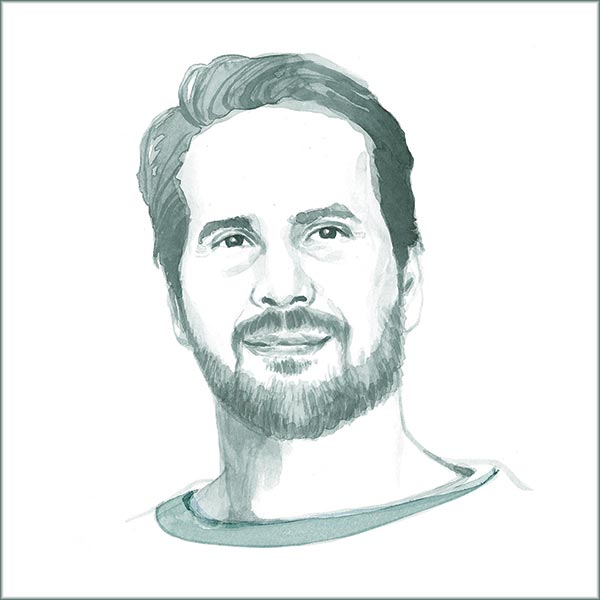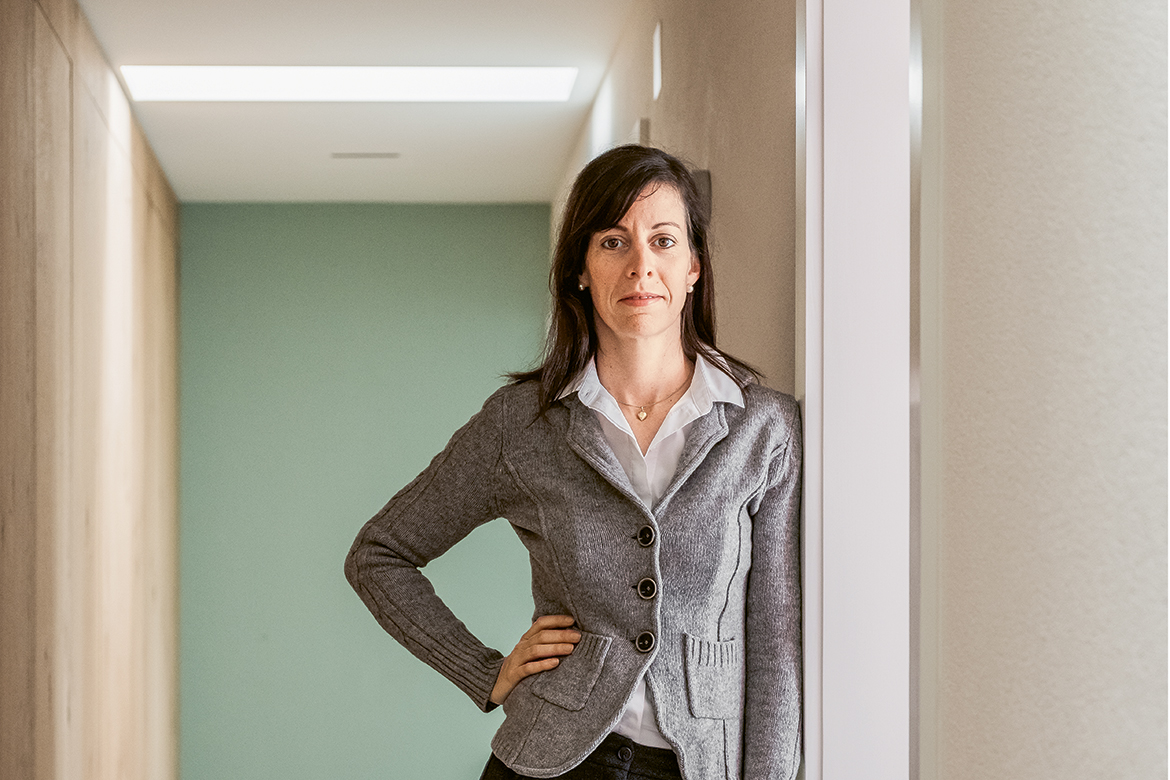COLUMN
Shaping the research forest for the future
The SNSF should nurture projects, young researchers and hypotheses like saplings, says Laura Bernardi, Vice-President of the National Research Council of the SNSF. And she has drawn up a to-do list.

Laura Bernardi is the Vice-President of the National Research Council of the SNSF. | Photo: Université de Lausanne
Picture a sapling at the edge of a forest. It needs appropriate resources to grow, and has to engage in acts of exchange if it is to flourish and contribute to the forest in return. This little plant is a project, a young researcher, a hypothesis. And just like a forest, the scientific system needs resources and interconnections to help it grow.
I see the SNSF’s role in the system primarily as enabling excellent science through applying the appropriate practices and policies.
The key pillars for meeting this challenge are enabling:
- the emergence of excellent science with an evaluation system that is transparent and diversity-aware when it comes to research requirements in different scientific fields; biologists might need specific instruments, whereas mathematicians may need time;
- curiosity-driven, high-risk projects like exploring Jupiter’s moons, as well as broad, collaborative research oriented towards pressing societal challenges (e.g., an ageing population) by means of a rich, diversified funding portfolio;
- the emergence of a future generation of researchers by improving their integration in the research landscape – such as by assigning a similar value to research careers in administration and in industry as in academia;
- the spread of a culture of excellent research by setting an example in issues of gender, open access and competitive evaluation procedures, and by actively designing research policies in collaboration with other actors in the system.
The second role of the SNSF is to help this forest to flourish by connecting research. Science is a collaborative enterprise. The SNSF is the main competitive funding agency in Switzerland and therefore is in a key position to incentivise researchers and research types to connect across all kinds of borders: whether disciplinary borders that might be opened by adapting evaluation criteria; institutional borders that might be optimised by dialogue among institutions; borders separating different research sectors where we should provide for and value careers, both inside applied research and outside academia; political borders that require collaborative instruments, international infrastructure development and mobility among researchers; or, last but not least, borders across different types of expertise that can benefit from transdisciplinary and citizen science approaches.
The year that has just passed and the next are years of intense transformation for the SNSF. As long as we can enable and connect in the world of research, the Swiss scientific forest will continue to grow and flourish.




